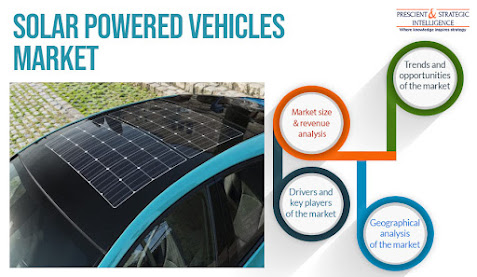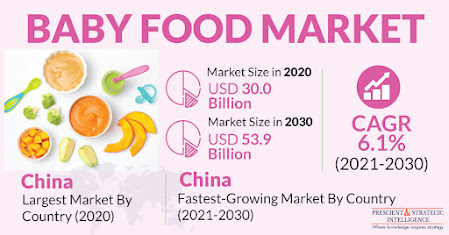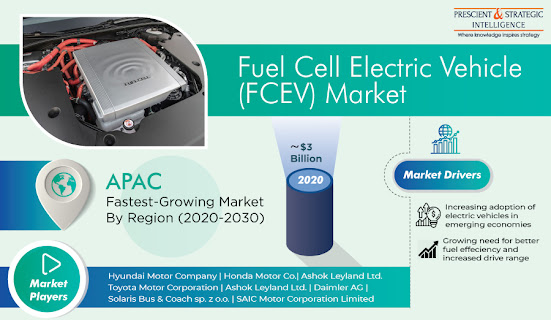Aerospace Titanium Blisk Demand To Boom in Asia-Pacific in Future!

The number of people traveling by air increased massively from around 310.4 million in 1970 to 4.3 billion in 2019, as per the World Bank. This is credited to the rapid expansion of airlines in terms of their fleet size and the constant entry of new airlines around the world. With the sustained surge in the number of people and amount of freight being transported by air, aircraft fleets are growing rapidly. As per P&S Intelligence, as air travel becomes affordable for a wider spectrum of the society, the aerospace titanium blisk market size will rise from $3,988.3 million in 2017 to $4,945.4 million by 2023, at a 3.7% CAGR between 2018 and 2023. This is because the blisk is one of the primary components of a jet engine. It consists of two parts: a rotating disc and the blades attached to it. Unlike conventional alternatives, wherein the blades are detachable from the disc, a blisk is a one-piece component made via additive manufacturing, computer numerical control (CNC) milling, o












